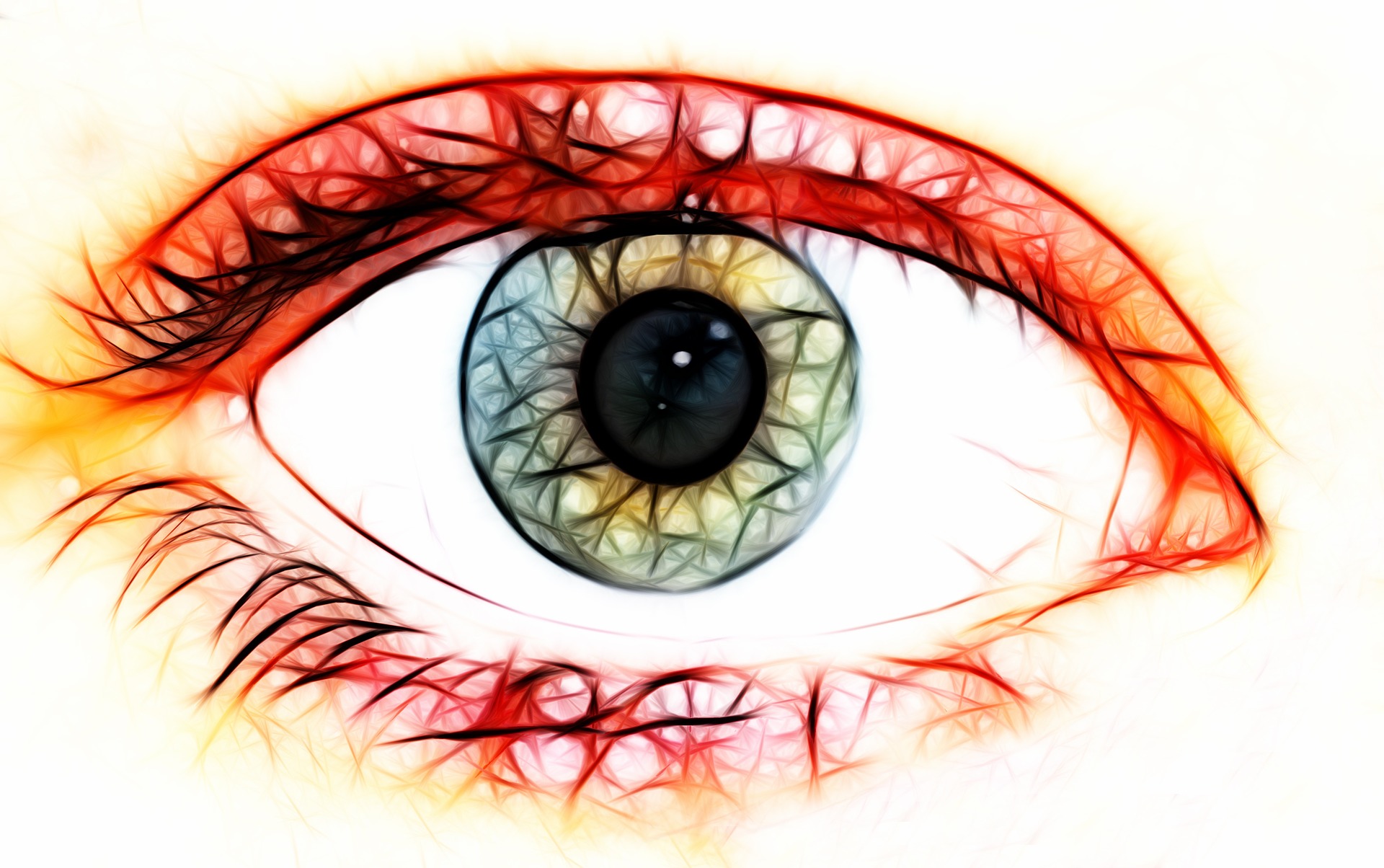
SICKLE CELL TRAIT AND SICKLE CELL DISEASE
There is a difference with someone with Sickle Cell is SS and someone with Sickle Cell trait is AS.
Sickle Cell Trait (Sickle Cell Carrier) and Sickle Cell Screening Tests
Sickle cell trait means that you carry a gene for a serious condition called sickle cell disease (SCD). People with sickle cell trait are well, and will usually only know about their trait if they are tested for it. Pregnant women and couples planning children may want to know whether they have sickle cell trait, because if both parents have it, their child might inherit SCD.
What is Sickle Cell Trait?
Sickle cell trait means having one gene for a condition called sickle cell disease (SCD). This in itself does not normally cause problems and sickle cell trait is not considered as a disease. It is extremely rare for it to cause problems or complications, which mainly occur under conditions of severe physical stress (explained below).
Sickle cell trait is important because your children can inherit the sickle cell gene. If BOTH parents have sickle cell trait, their children could get a double dose of the sickle cell gene, which would give them the serious condition called SCD. This is relevant if you are pregnant or wanting to start a family.
What are sickle cell anaemia and SCD?
Sickle cell anaemia (SCA) is a serious condition which is inherited (genetic). It affects the red blood cells in the blood. With SCA, the red blood cells have a tendency to go out of shape and become sickle-shaped (like a crescent moon) – instead of their normal doughnut/disc shape. This can cause various problems such as episodes of pain, infections and various complications. In between the episodes of illness, people with SCA feel well.
SCD is a group of conditions that cause red cells to become sickle-shaped. By far the most common is SCA. Indeed, the terms sickle cell anaemia and sickle cell disease are often used interchangeably. However, there are various other disorders that are classified as subtypes of SCD with each having a slightly different genetic makeup. Examples are sickle cell/beta thalassaemia and sickle cell/HbC.
What causes sickle cell trait and sickle cell disease (SCD)?
You inherit haemoglobin genes from both parents. One sickle cell gene gives you sickle cell trait; two sickle cell genes give you SCD.
This means that: if both parents have sickle cell trait, their children have: a 1 in 2 chance of having sickle cell trait, a 1 in 4 chance of having SCD, and a 1 in 4 chance of having no sickle genes (as shown in the diagram above).
If one parent has SCD and the other has sickle cell trait, their children have: a 1 in 2 chance of having sickle cell trait, and a 1 in 2 chance of having SCD.
If one parent has sickle cell trait and the other has no sickle genes, their children have: a 1 in 2 chance of having sickle cell trait, and a 1 in 2 chance of having normal haemoglobin genes.
Actually, the inheritance of SCD is slightly more complicated than that. This is because there are other haemoglobin genes which can interact with sickle cell trait. If you have one of these genes plus a sickle gene, you also get SCD (the combination behaves like two sickle cell genes). Examples of these interacting genes are HbC, beta thalassaemia, Hb Lepore and HbO Arab.
How are sickle cell trait and sickle cell disease (SCD) diagnosed?
The diagnosis is made from a blood test. The blood sample is analysed to see what type of haemoglobin is present in the blood. (This is done using tests such as electrophoresis or other methods.) This can diagnose most cases of sickle cell trait and SCD.
https://patient.info/health








I must say it was hard to find your page in google.
You write interesting articles but you should rank your
page higher in search engines. If you don’t know how to do it search on youtube:
how to rank a website Marcel’s way
Hi, thanks for the suggestion, will check it out! Wishing you well.